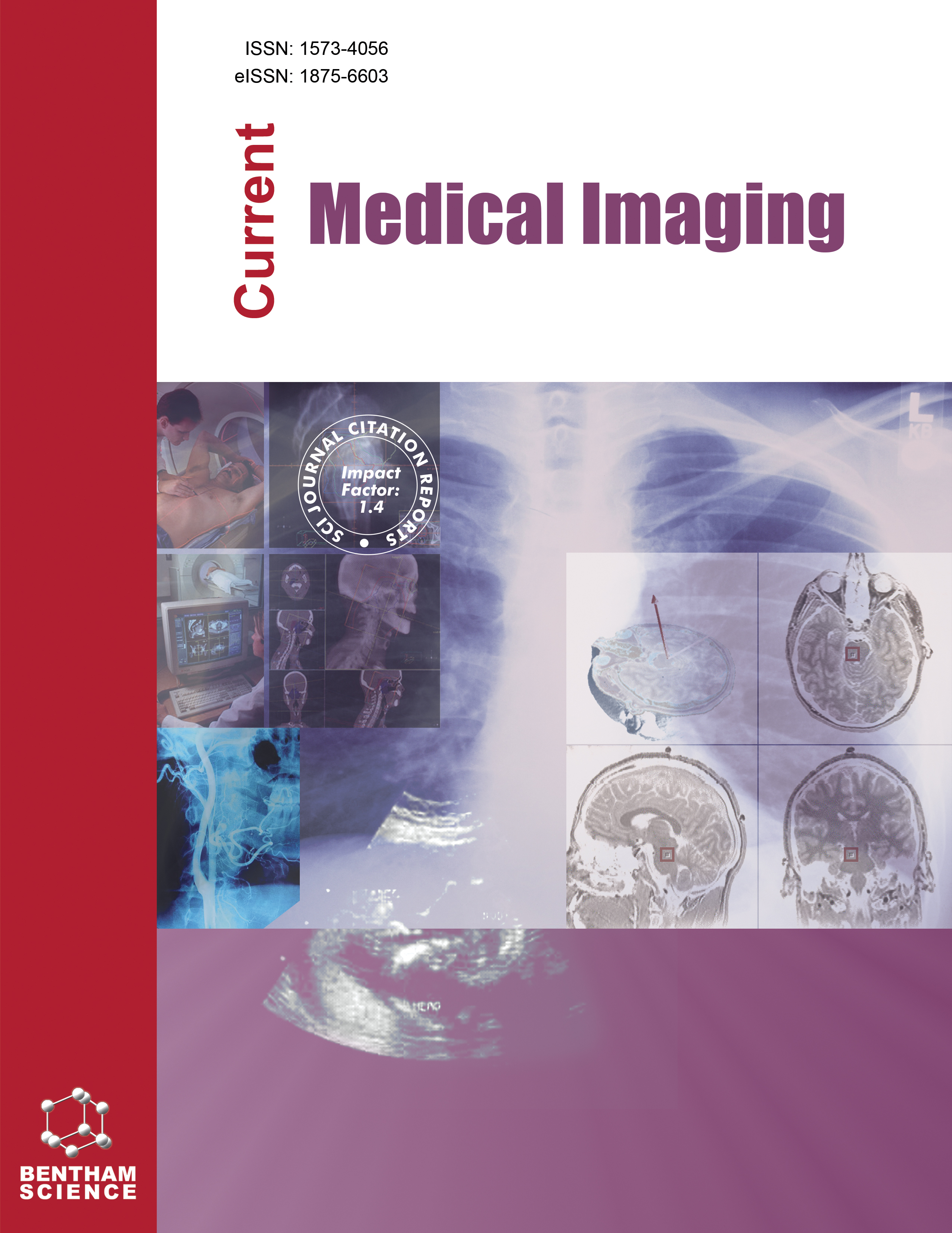
-
oa Intracranial Structural Malformations in Children in Tibet: CT and MRI Findings in a Single Tertiary Center
-
-
- 27 May 2024
- 06 Nov 2024
- 02 Jan 2025
Abstract
The objective of this study was to summarize the findings of children’s intracranial congenital or developmental malformations found during imaging procedures in the Tibetan plateau.
We retrospectively reviewed the imaging data of the suspected patients who presented with the central nervous system (CNS) malformations and were enrolled either through the clinic or after ultrasound examinations between June 2019 and June 2023 in our institution. All imaging data were interpreted by two experienced radiologists through consensus reading.
In this study, we recruited 36 patients, including two neonates, 17 infants and 17 children. Seven cases underwent an MRI examination, while the others had a CT scan. Polygyria and pachygyria malformation were the most common type of congenital neurological malformations (7 cases, 31.8%), followed by cystic changes of the cerebral parenchyma (3 cases, 13.6%). Cerebral atrophy was the most common type of secondary CNS abnormality(8 cases, 57.1%), followed by communicative hydrocephalus (3 cases, 21.4%). Five patients in the congenital group and 4 patients in the secondary group had complex malformations. In the current study group, there were 8 deaths, 12 cases with neurological sequelae, 1 case with normal development, and 15 cases lost to follow-up. There were no significant differences between the primary and secondary CNS groups in terms of the outcome for both the infants and children groups.
CNS malformations in the Tibetan Plateau are associated with high mortality and morbidity rates. Better utilization of imaging modalities could help design tailored treatments as early as possible.

